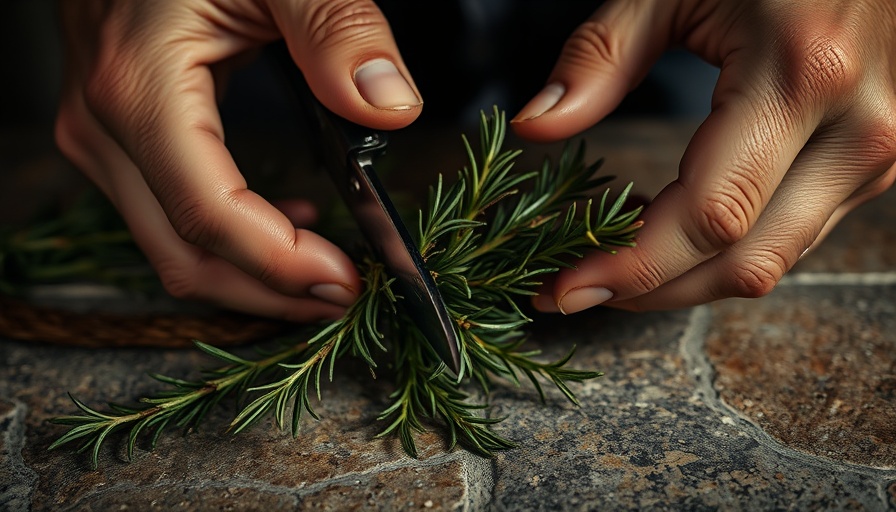
Harvesting Flavor: The Benefits of Growing Rosemary Indoors
Rosemary is not just a staple herb for culinary delights; it also brings a myriad of benefits to your home. With its fragrant aroma and rich flavor, rosemary enhances countless dishes, making it an ideal choice for any home cook. Additionally, it serves as a natural air freshener, purifying your indoor atmosphere while adding a touch of greenery to your space. For those living in metro Vancouver, where outdoor gardening spaces may be limited, the infinite rosemary trick allows for an endless supply of this versatile herb right on your kitchen counter or balcony.
In 'Infinite rosemary trick', the discussion dives into innovative urban gardening techniques, exploring key insights that sparked deeper analysis on our end.
The Infinite Rosemary Trick: What Is It?
But what exactly is the infinite rosemary trick? It’s a simple yet clever idea to grow your own rosemary indefinitely, ensuring that you never run out of this aromatic herb again. By taking a fresh rosemary stem, stripping it of its lower leaves, and placing it in a jar of water, you can easily propagate your rosemary plant. Over the course of a few weeks, roots will develop, and soon you’ll have a brand new plant ready to transfer to soil!
Gardening in Small Spaces: Tips for Vancouver Residents
For metro Vancouver residents, small spaces often pose a challenge for gardening enthusiasts. However, it’s all about creativity and utilizing vertical space! Indoor herbs thrive in small pots and can be placed on windowsills or shelves, maximizing sunlight exposure. Consider vertical gardens or wall-mounted planters for herbs like rosemary, which can grow upward and save floor space.
Why Indoor Gardening is Ideal for Vancouver's Climate
The Pacific Northwest's climate can be unpredictable, and often, outdoor gardening during harsh winters can be challenging. Indoor gardening, particularly growing herbs like rosemary, allows for year-round cultivation without the worry of frost or rain impacting harvests. This method not only guarantees a steady supply of fresh herbs but also beautifies your home, creating a calming environment filled with greenery.
Sharing the Abundance: Cooking with Rosemary
Imagine stepping into your kitchen and plucking a few sprigs of freshly grown rosemary to enhance your roasted chicken or add aroma to your homemade focaccia. Cooking with fresh herbs elevates meals, turning even the simplest dishes into gourmet experiences. Share these dishes with neighbors or friends, fostering community bonds while enjoying the fruits of your labor!
In Infinite Rosemary Trick, we explore new dimensions of gardening that can inspire metro Vancouver residents to embrace small-space gardening adventures. From this insight, we encourage you to try propagating your own rosemary and discover the joys of fresh herbs right at home.
 Add Row
Add Row  Add
Add 




 Add Row
Add Row  Add
Add 

Write A Comment